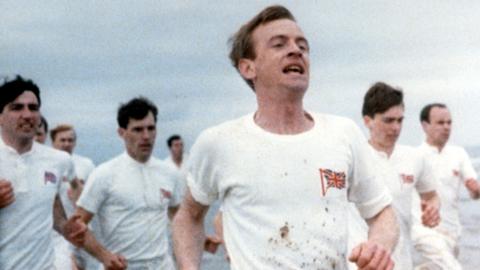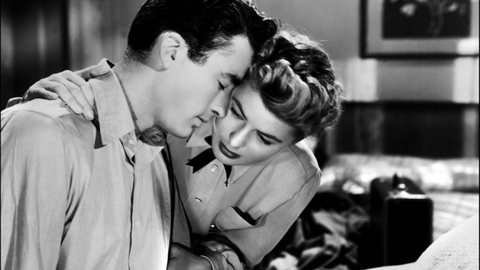
Filmic 2016: A History of Electronic Music in Film in Four Parts
Please note : this season finished in April 2016
Filmic, our annual celebration with St George's Bristol and Colston Hall highlighting the symbiotic relationship between music and the moving image, returns with a season of gigs and screenings exploring ideas of technology in sound and vision.
To kick things off throughout April we celebrate the influence of electronic composers and instrumentation on films and filmmakers – from Franz Waxman’s early experiments with electronic sound in 1935's The Bride of Frankenstein (Sun 3 April); Miklós Rózsa's pioneering use and popularisation of the theremin in Hitchcock’s Spellbound (Sun 10 April); the work of Oskar Sala and his electronic Trautonium to create the unsettling squarks and sounds for Hitchcock’s The Birds (Sun 17 April); to Vangelis’ totemic anthem of electronic composition that lies at the heart of British cinema classic Chariots of Fire (Sun 24 April).
Part of Filmic 2016.
Tickets: £6.50 full / £4.50 concessions and 24 and under. Get £1.00 off dishes over £7.00 in the Café/Bar on the same day with your ticket.




